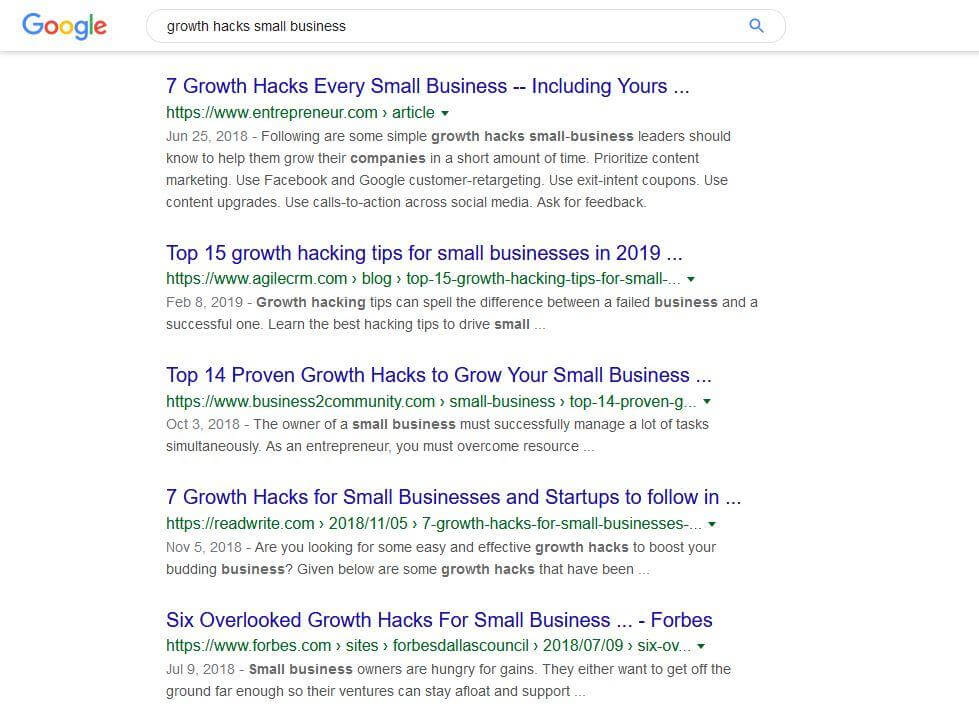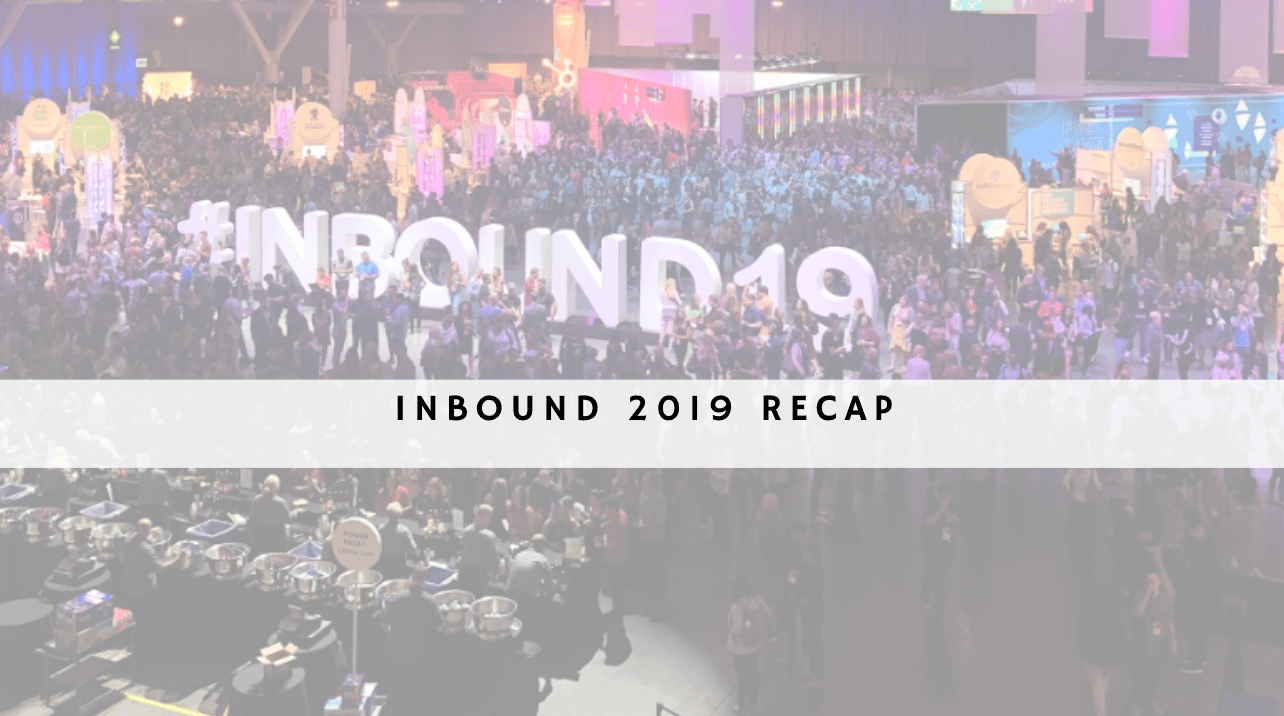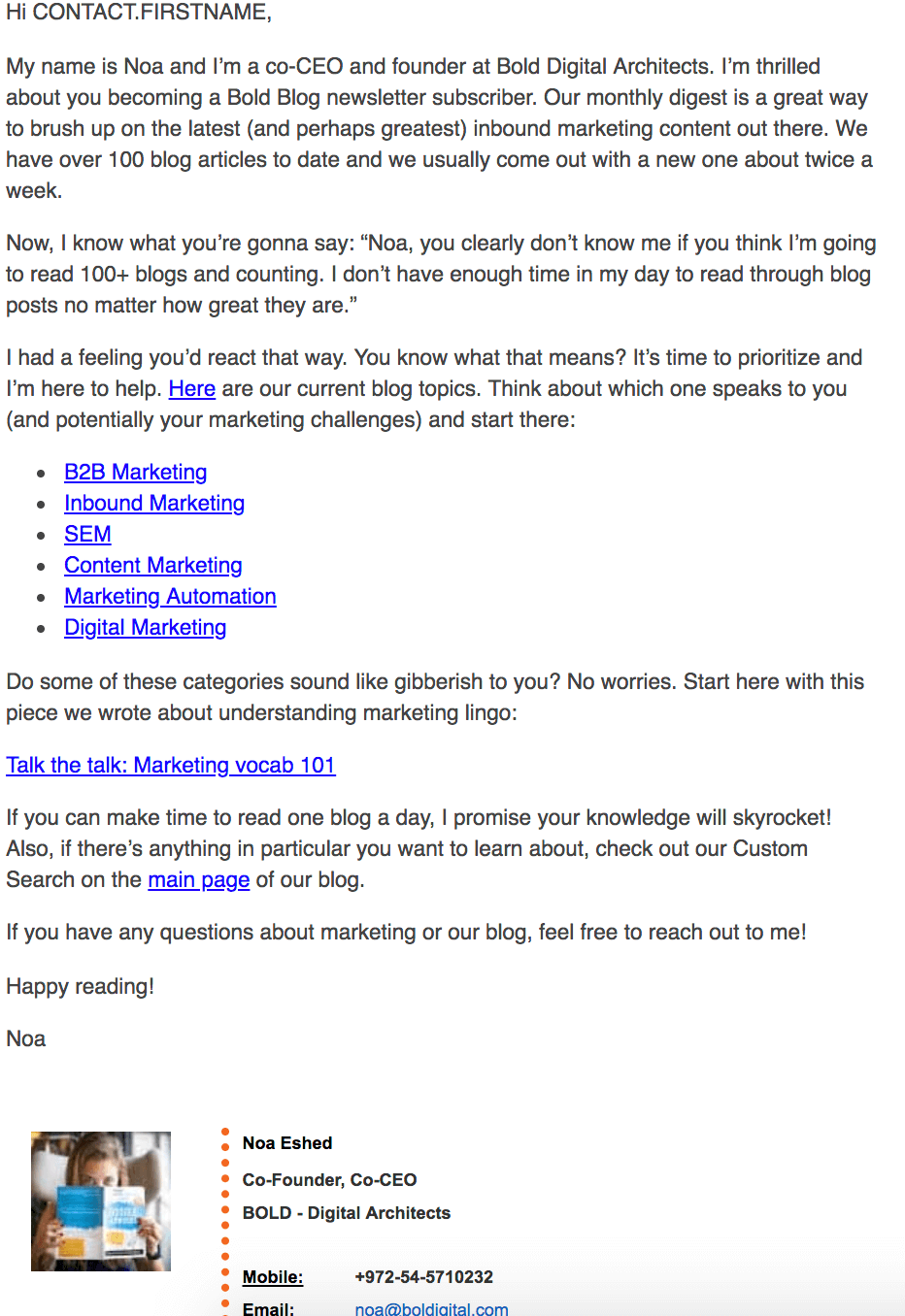
In my years as a content manager here at Bold, I’ve overseen the creation of hundreds of blogs, written by dozens of different writers. As I come from a journalistic background, it took me time to realize search engines need to be considered.
It’s always a matter of finding the right balance as the quality of the content comes first, but we want to consider best practices and not be oblivious to them. Just like in the publishing world there’s always a conflict between the editorial and commercial departments, in the marketing world there’s a conflict between the SEO managers and the content ones. I think at Bold we’ve learned to find a healthy balance and we play together well.
Getting your content optimized so that Google and the likes understand what it’s about and getting it in front of more eyeballs is critical. I’m writing this post to help content writers out there bear search engine considerations when writing content. Follow these and you should be fine.
So, what exactly can you do to lay a solid foundation when writing content?
Basic SEO starts with your link building – consider what other content on your website can be relevant to link to
Links are super important for a number of reasons. Out of those numerous reasons, the fact that links are one of the key ranking factors in Google’s search engine algorithms stands out. Mind you, this is despite the increasing complexity and evolution of search algorithms throughout the years.
The main aspect of links is link building which is not so basic but being a good sport that I am, I’ve linked to Moz’s comprehensive take on it. For now, all you need to know is that websites with more backlinks tend to earn higher rankings, which is something you can’t fully control.

What you can do is internal link building. Think of links as some sort of signals that let a search engine know your blog is a quality resource worthy of reference. Hence, you want to intentionally link to your contextually relevant blog posts and pages directly. This practice also includes linking to other sites with relevant content. After all, you can’t expect to receive traffic from others if you’re unwilling to give it first.
Does that mean you should load up your site with links? Absolutely not as Google and other search engines actually issue penalties for having too many links. Focus on doing it sparingly and contextually, and link from high-quality, trusted websites that the search engines place more value when boosting rankings than questionable sources.

That is one questionable pet-friendly iguana.
Leverage keywords like a champ
Everybody knows keywords are the central part of every SEO effort. But did you know they can be implemented almost anywhere on your site?
Start with the headlines of your posts. For example, let’s say you’re working in a keyword “basic SEO tips”. This post is an example of one such keyword-based title that contains my focus keyword. The issue with SEO-optimized headline is the appeal factor: it’s not going to be as eye-pleasing as it can be. However, you can balance it out by placing your keyword as close to the beginning as possible and being creative so that the end result is a descriptive and clickable/catchy headline. Don’t force it, prioritize quality and clarify, but always have the keywords in mind.
Pay attention to your meta descriptions as they represent another opportunity to employ the keyword in a natural, yet compelling way. While these don’t affect ranking directly, they are important because ranking is only one part of the job. People still need to click on your post and meta description, as a part of the search engine listing, acts as an advertisement for it. Hence, it’s very important that coupled with the headline, it precisely represents the created content.
Don’t forget the images. Google has an entire section dedicated to them, which is why it would be wise to use the right keywords both in your image names, alt text, description, and accompanying text like the caption, if possible. The point is to be relevant as that’s what people search for, all the while avoiding keyword stuffing.

For example, ‘desert trip’ would be fine if you write about travel.
How you optimize your content matters
By content, I mean everything that forms a blog post, starting with the URL. Take a look at this post’s URL: https://blog.boldigital.com/blog/basic-seo-tips-any-content-writer-should-know
The structure makes it easy to understand for both search engines and visitors. Just words and dashes, instead of numbers, underscores, and other characters that are search engine-unfriendly. URLs like https://boldigital.com/article652773 not only look ugly, they’re bad for SEO.
Other elements you can optimize are subheadings or header tags – HTML elements used to designate headings. Just like the headline should include a primary keyword or phrase, so can the subheadings include your secondary keywords where it makes sense and introduces the following content you discuss. You might want to check Matthew Woodward’s On-Page checklist here for more tips.
User experience is a factor, too
User experience (UX) affects search engine rankings both positively and negatively. As more visitors bounce/leave your site, Google and others interpret that as a bad sign. Just so you know, there are a lot of things that affect UX. One simple approach to it is to keep your visitors in mind when you optimize your blog.
First and foremost, increase your blog’s loading speed by getting rid of things that slow your page’s load times. These may include unnecessary elements such as video players, oversized or uncompressed photos and fancy graphics, as well as a staple of blogs: various plugins. Better hosting might also do the trick. You can also get an accurate read on your page speed by using Google PageSpeed Insights.
The tools tagline ‘Make your web pages fast on all devices’ implies your blog’s mobile version should be on par with your desktop offering. With more and more traffic coming from mobile devices, it’s vital to keep your blog updated according to responsive and adaptive mobile scripts. Once more, you can test thanks to Google and its Mobile-Friendly Test tool.
Finally, the design also has a role in having an SEO-friendly UX. You want to keep it simple and clean, especially in a blog where content should be the star of the show. When it comes to monetization, don’t go crazy with ads as they can use precious space and as such, annoy and alienate visitors.
Consider Audio
When thinking about user experience, also keep in mind that some people may not have 20/20 vision. Others spend a lot of their time driving, or doing other things that make looking at a screen impossible. See where I’m going with this? Websites are increasingly offering other ways for their visitors to consume the content, such as audio players that can read the content for them. One of the great things audio can do for your SEO is to keep the visitors on the site for longer. Longer times spent on page are a good signal to Google! As a writer, you should keep in mind that a bot may end up reading your article for someone, so keep the sentences clean and simple and easy to digest for anyone!
Also, it’s important to know that there’s a lot of work to be done on voice optimization, so if you’re interested, make sure to read more about it here.
Be proactive
In essence, you have to take full control of your content and fill in the SEO gaps wherever they are. The beauty of these tips is that you’re doing most of the work anyway – why not put in just a little bit of extra effort and make your blog SEO-friendly
Image credits:
https://giphy.com/gifs/wtf-lost-control-13l6Qt7Lk1GjKg
https://www.flickr.com/photos/jaydubproductions/15109211148








































